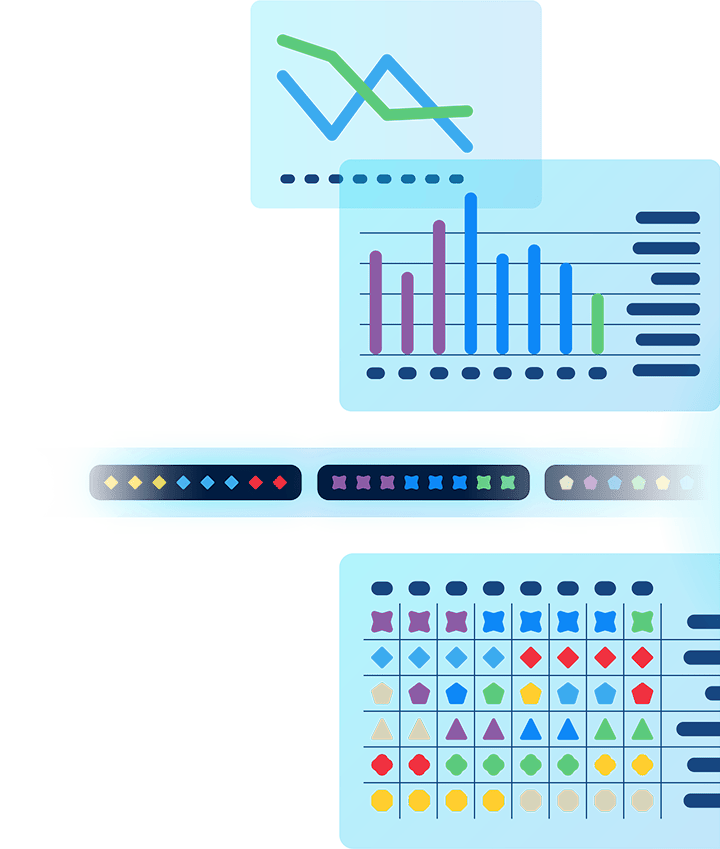Define Common Data Models with the Unit of Work at the Core
A first step is to define the Common Data Models. Getting this right is far from intuitive.
Say we are trying to understand a vehicle’s production. A car has 30,000 parts, and if we are going to build data models for all those parts being made, we would then have to model tens of thousands of machines, too. There is no way all these models can be organized and understood — but that has not stopped companies from trying. Machines have generally been the building block of choice, but this is obviously problematic. Sight Machine uses only about ten Common Data Models. One of the most important of these is the Production Mode, which allows customers to continuously understand production activity at different levels: machines, lines, and plants. But effective modeling should not start with machines, as seen with traditional industry approaches; it begins by modeling units of work.
Think about all those machines needed to make a car. A unit of work can be the repetitive act of die casting an engine block. Applying paint or a coating. Injecting plastic into a mold for a dashboard piece. It can represent work done in a discrete process or in continuous production, and it can take a second or hours. Types of work are limitless, but the idea of the unit of work is common, almost elemental. A unit of work is just the repeated cycle of activity by a machine.
From there, unit of work input is translated to Common Data Models that allow real-time insights into machines, lines, plants, the enterprise, and the supply chain.












